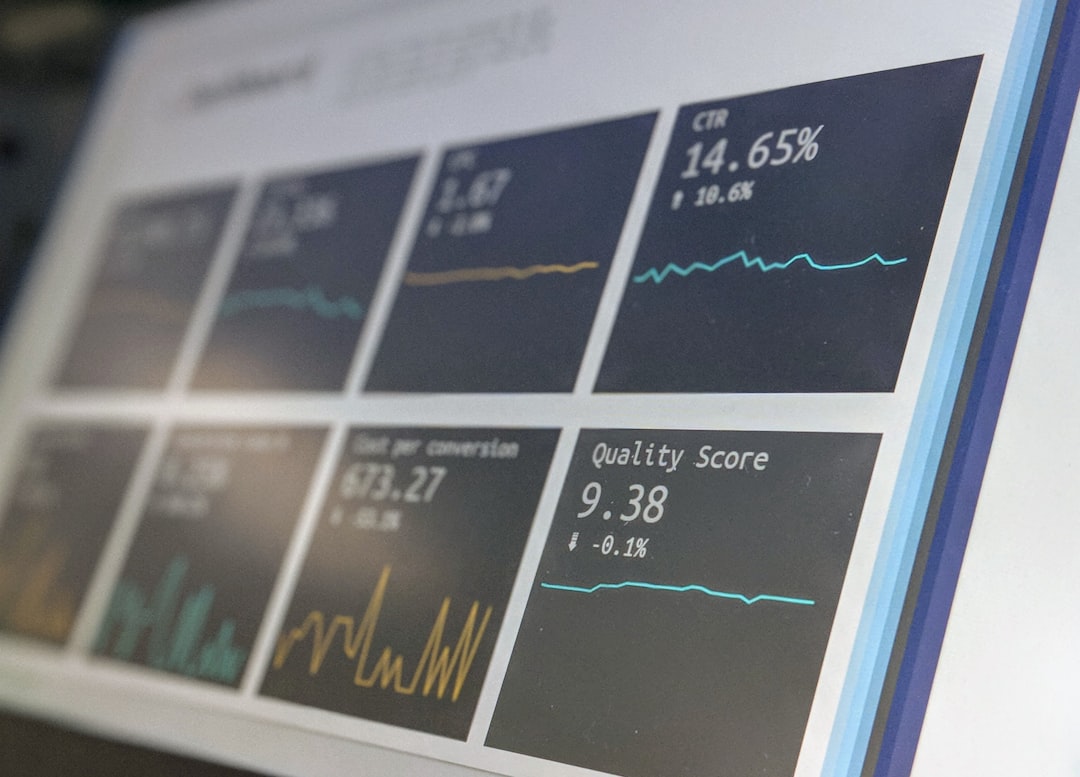
How to Create a Financial Plan for Economic Projects.
## Introduction. Creating a financial plan is crucial for the success of any economic project. It serves as a roadmap that guides decision-making and ensures that resources are allocated effectively. In this guide, we will explore the essential steps for drafting a comprehensive financial plan, tailored specifically for economic projects. ## Understand Your Project Goals. Before diving into numbers and projections, you must clarify the overarching goals of your project. What are the objectives you aim to achieve? This might include growing revenue, minimizing costs, or maximizing efficiency. By establishing clear goals, you will have a foundation to guide your financial planning process. Gather your team for brainstorming sessions to ensure everyone is aligned on these goals. Consult industry benchmarks to set realistic expectations about your project outcomes. ## Conduct Market Research. A sound financial plan is built on reliable market data. Conduct thorough market research to understand the economic landscape in which your project will operate. Analyze competitors, customer segments, and market trends relevant to your economic project. This will provide context for your financial forecasts. Example methods for conducting market research include surveys, focus group discussions, and utilizing existing economic reports. Always focus on collecting data that will directly impact your project's financial success. ## Estimate Costs and Revenue Streams. Once you grasp the market dynamics, start estimating your costs. This typically includes fixed costs (e.g., rent, salaries) and variable costs (e.g., materials, utilities). It's critical to account for potential inflation and unexpected expenses. Next, identify your potential revenue streams. What services or products will generate income? If uncertain about pricing, analyze competitors to set favorable rates while maintaining profitability. Be realistic about potential sales volumes, and consider seasonal variations in demand, ensuring you create a balanced overview of costs versus anticipated income. ## Develop Financial Projections. With your costs and revenue streams estimated, you can now create financial projections. Start with a budget that outlines monthly and annual revenue and expenses. Use the data collected during market research to create realistic sales forecasts. Typically, businesses utilize several financial documents, including profit and loss statements, cash flow forecasts, and balance sheets. Such projections will help you understand when your project is likely to break even and when it will begin generating profits. Remember to revisit these projections regularly to adjust according to changing market conditions or unexpected circumstances. ## Risk Assessment. Every economic project comes with inherent risks. Therefore, performing a thorough risk assessment is crucial to your financial plan. Identify factors that could threaten the financial success of your project, ranging from economic downturns to competitive landscape shifts. Implement risk mitigation strategies for each identified risk. For instance, diversification in revenue streams might be a way to offset losses should one segment underperform. Understanding and addressing these risks will present a more robust financial plan to stakeholders and potential investors. ## Monitor and Revise Your Plan. Once your plan is in motion, it’s essential to monitor its progress and adapt it as necessary. Regularly assess actual financial performance against your forecasts. This involves tracking key performance indicators (KPIs) that reflect financial health, like cash flow, profit margins, and sales growth. Stay agile; the ability to revise your financial plan in response to new data or unforeseen circumstances is vital. Frequent reviews can highlight unexpected challenges, allowing for swift action to mitigate issues before they escalate. ## Conclusion. Creating a financial plan for an economic project is not a single task but rather an ongoing process. By following the steps outlined in this post — defining your goals, conducting market research, estimating costs, and continually revising your projections — you can set your projects on the path to financial success. This diligence will not only inspire confidence among investors but also enable you to navigate the complexities inherent in economic ventures more effectively. .








